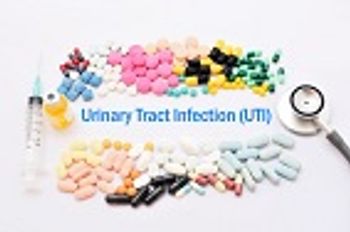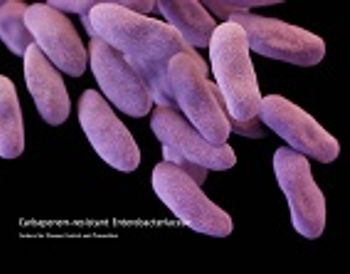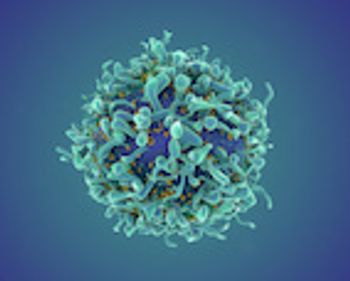
Antibiotics
Latest News
Latest Videos

CME Content
More News

A new agent in the antibiotic pipeline, cefiderocol, has proved to be effective against complicated urinary tract infections (UTIs).

Researchers from the Julius Center for Health Sciences and Primary Care at the University Medical Center in Utrecht, The Netherlands, examine the cost-effectiveness of the most commonly used treatments for community-acquired pneumonia.

Researchers from Massachusetts have found that carbapenem-resistant Enterobacteriaceae have more genetic traits that enable antibiotic-resistance than previously thought and these traits are easily transferred among species.

An initiative from the Veterans Health Administration to reduce methicillin resistant Staphylococcus aureus (MRSA) and other healthcare-associated infections in the facilities has led to marked infection reduction around the country.

Researchers from the University of Bristol have revealed the structural and mechanistic basis of transferable colistin resistance conferred by the MCR-1 gene.

Microbes & Hosts Fight to Acquire Essential Metals: This Battle May Open the Door for New Treatments
Elizabeth Nolan, PhD, and her team at the Massachusetts Institute of Technology, recently explored the fight between microbes and hosts over essential metals and how understanding this battle may open the door for alternate treatments for bacterial infections.

University of Connecticut researchers have developed novel antibiotic compounds to target methicillin-resistant Staphylococcus aureus infections, offering a potential new drug in the fight against this pathogen.

Researchers uncover high rates of co-infections in patients who are admitted to hospitals with influenza.

With cases of antibiotic-resistant gonorrhea on the rise, researchers from the University of York may have made a breakthrough in the quest to find treatments that work.

Research on a patient with acute myeloid leukemia has revealed new information on how bacteria mutate to survive antibiotics.

A new study has revealed more information on how microbes confer resistance to antibiotics.

A new study takes a look at the efficacy of off-label treatments for Clostridium difficile (C. difficile) infection.


A new study from University of Copenhagen researchers explains how some multidrug-resistant bacteria are able to survive lethal doses of antibiotics through a hibernation-like defense mechanism.

Researchers from the University of Würzburg in Germany discuss the use of marine natural products to fight drug-resistant pathogens.

With an increasing number of Salmonella infections showing resistance to antibiotics, a CDC team set out to determine which strains are most problematic.

Researchers shed light on how oxylipins play a key role in forming the biofilm shield that helps protect disease-causing bacteria against antibiotics.

A new study reveals evidence that a longer course of antibiotics is more effective for treating ear infections in young children.

Following a recent unanimous decision by United Nations General Assembly member states, the intergovernmental organization has announced it will be holding a high-level meeting in 2018 on the fight against tuberculosis (TB), the first-ever meeting of its kind.

An alternative antibiotic treatment regimen for multidrug-resistant tuberculosis (TB) endorsed by WHO shows promising effects in a new study using computer modeling.

In a new study, a team of pediatric hospital researchers found that cutting unnecessary blood cultures in children avoids false positives without resulting in missed sepsis diagnoses.

In a review article, researchers share current understanding of the pathogenesis of type IV T cell-dependent immune-mediated ADRs and review the evidence for diagnostics for T cell-mediated ADRs.

New guidelines released by researchers with the Infectious Diseases Society of America recommend that people with suspected latent tuberculosis infections receive a new generation of diagnostic testing.

Rita Olans, DNP, CPNP-PC, APRN-BC, assistant professor at MGH Institute of Health Professions, discusses how Infectious Disease specialists, pharmacists, and nurses can work together on antimicrobial stewardship.

A recent study examines antibiotic prescribing patterns in children in primary care settings in the United Kingdom, Netherlands, and Italy.





























































































































































































































































































